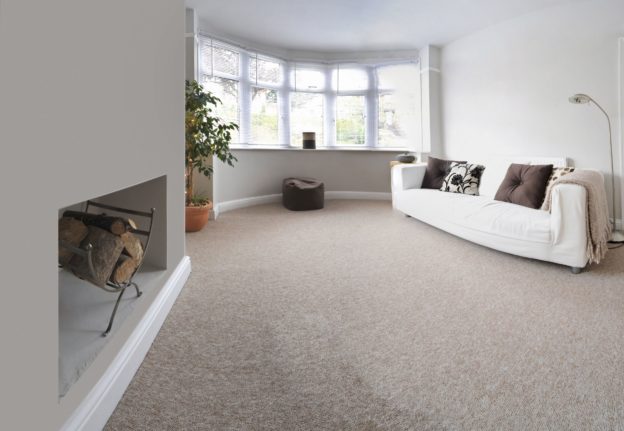
What You’re Made Of: How Carpet Fibre Affects Cleaning

While all carpeting serves a similar purpose, it is not all made equal. Different fibres require vastly different types of maintenance to ensure the long life of the carpet and the best quality clean.
The fact that this care can be so complex is just one reason that it’s best to leave intensive carpet cleaning to a professional. While using a household vacuum on a carpet cannot damage it, using the wrong kind of expert equipment just might.
By way of example, here are the most common types of carpet fibre along with their specific care needs.
Cleaning Nylon and Polyester
Due to their durability and relatively low cost, nylon and polyester are two of the most popular fibres used in modern carpeting. They are often treated to resist stains — but that doesn’t mean they can’t benefit from infrequent professional cleaning to lift deeply embedded dust and dirt. This kind of debris gathers in every kind of carpet.
As a synthetic fibre, nylon and polyester resist all kinds of rough treatment, and that includes carpet cleaning. Still, care must be taken to ensure that the specific products and temperatures chosen to clean them are appropriate, particularly when it comes to deep staining.
Cleaning Wool
Soft, bouncy and aesthetically pleasing, this natural fibre is a luxurious choice for a carpet. However, in comparison to synthetic fibres made with the express purpose of resisting everyday wear and tear, it can be a little less durable.
In fact, this is the fibre which demands the most care from a professional cleaner. It is prone to shrinking in heat, so cleaners cannot use any high-temperature equipment. The entire look and feel of the carpet would be damaged otherwise.
It’s also very absorbent and will retain moisture much longer than its synthetic counterparts. For this reason, it may be entirely unsuitable for wet cleaning and require dry-cleaning only.
Cleaning Olefin Polypropylene
This type of carpet is perhaps more commonly found in business settings; it is extremely durable for high-intensity wear, but quite compact — and hard-feeling as a result — and not quite as comfortable. Still, its durability makes it an excellent candidate for steam cleaning, and it should dry fairly quickly.
It should be quite stain resistant, but high-intensity spot cleaning is also possible if there are any particularly hardy stains or discolourations to deal with.
Identifying Your Carpet
However, deciding how to correctly care for your carpet isn’t as easy as you might imagine, even for an expert. This is because, contrary to what you might imagine, these different carpet fibres are not necessarily identifiable at first glance.
With the exception of polypropylene, which has a reasonably distinctive look, synthetic carpets are now designed with the express intent of imitating natural fibre — and they do so in an increasingly convincing manner.
Carpet manufacturers use several techniques to cheat the eye — and the foot! For example, textured cut pile carpeting varies the length of its fibres in order to imitate the minutely uneven look of a natural material. This makes it softer, too — but it may also lead you to incorrectly identify your carpet.
As such, it’s best to leave the entire process of carpet cleaning to an expert, including the decision on which methods are most suitable in the circumstances. That way, you’re bound to get the best cleaning service possible without damaging your carpet or subjecting it to additional strenuous procedures that it does not require.
If you’re interested in a consultation or in booking a deep clean for your carpets, contact Davali Chem-Dry so that we can discuss your needs — and your carpet’s.


